What Is the Meaning of ‘Demonstrated Crosswind Component’?
Flying Magazine
JUNE 25, 2025
Question: What does the term “demonstrated crosswind component” mean? I just started flight training, and the flight school aircraft have placards that read “maximum demonstrated crosswind velocity 15 knots.” ” Does that mean I can’t fly when the winds are above 15 knots?













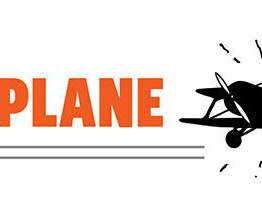


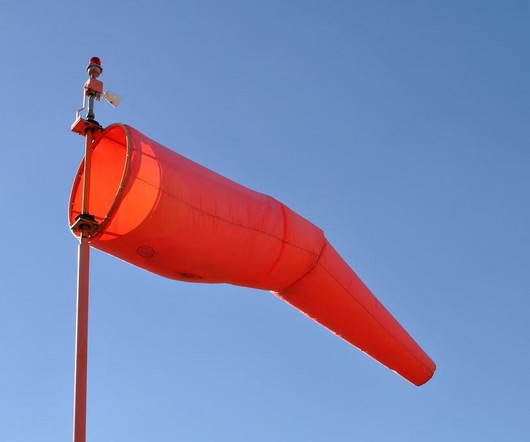












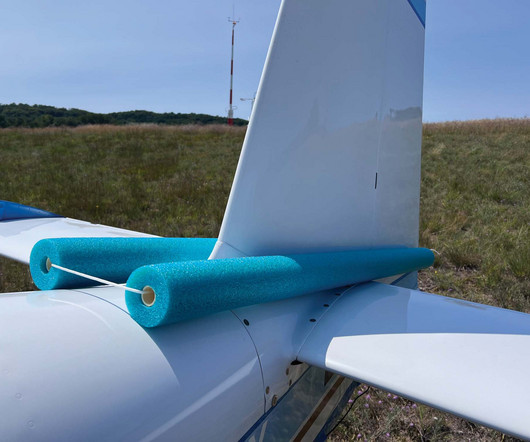
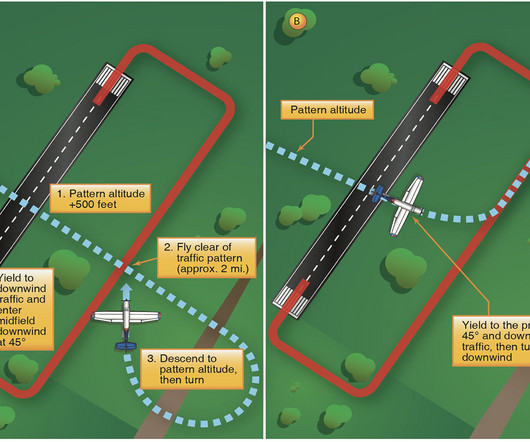



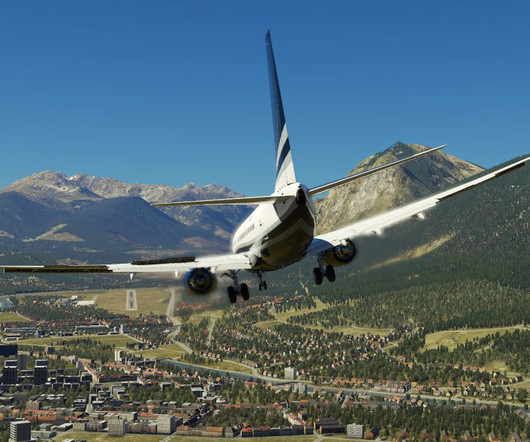

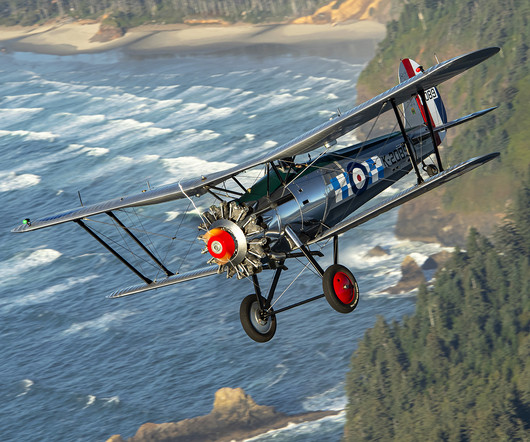


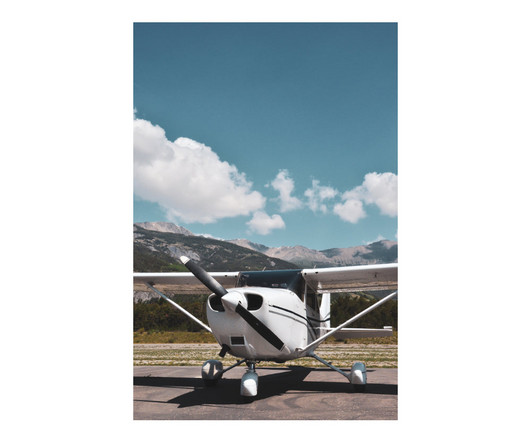











Let's personalize your content